
Your Urban Backyard Habitat Can Support Biodiversity
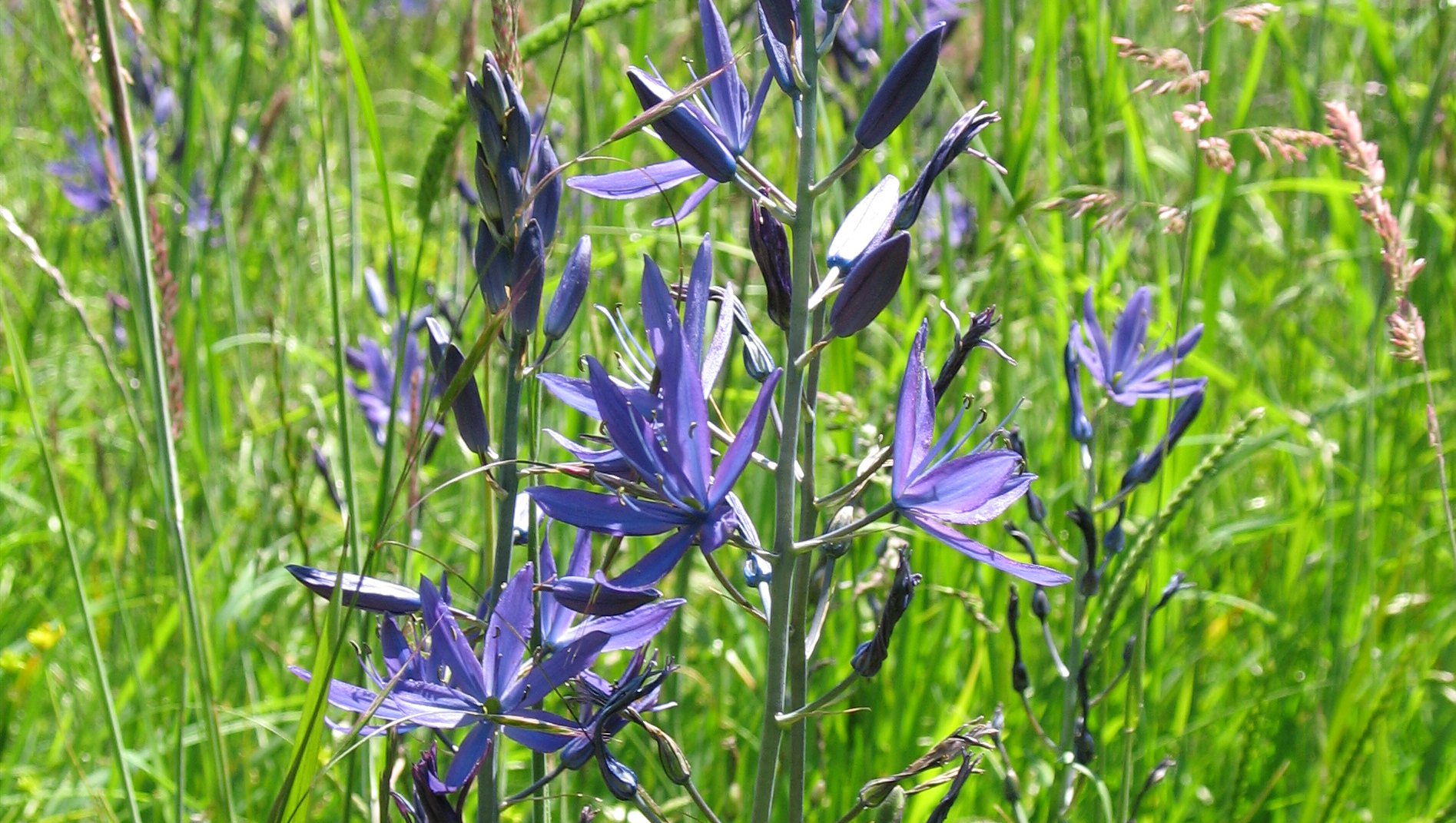
Contributor
- Topics: Growing for Biodiversity
Spring 2022
Backyard habitat plays an important role in maintaining the natural value of urban ecosystems. I spent my whole career looking at whether urban spaces—including individual gardens—can support environmental health. We have learned a lot over the years about what the most important elements are for successfully restoring these landscapes and there is still more to discover.
This is an exciting time to be an urban gardener. Any one particular yard or woodlot could be an important steppingstone in maintaining connectivity, or it could play an important role in keeping the habitat value in the area above a critical threshold for some species. The recommended practice is to use the precautionary principle and treat all backyard habitat as valuable to maintaining and enhancing urban biodiversity.
In 1988 the publication of Our Common Future by the World Commission on Environment and Development brought renewed focus on habitat conservation on a global scale. Many countries arbitrarily adopted the target of conserving 12 percent of their land base for natural areas. On closer analysis, though, it appeared that the locations set aside for conservation were mainly mountaintops and other areas of low biodiversity. The question became: “Where is most of the global biodiversity and what are the important lands for biodiversity conservation?”
In addition to tropical rain forests, it became clear that the areas of importance were predominantly estuaries, floodplains, and other places that had also attracted human settlement and urbanization. Many of the important areas for biodiversity conservation were in cities, not remote mountain regions. Cities were historically regarded as biological deserts but instead they now had the attention of people interested in conserving and enhancing global biodiversity. As a result, there was a growing interest in restoring and enhancing habitat in urban areas. This represented a significant shift in focus for the field of conservation biology, which until then primarily promoted protecting natural wilderness areas. Some viewed an approach that put energy and funding into cities and ecological restoration, not just the conservation of more remote natural areas, as an unwelcome development that diluted the efforts to protect natural areas.
However, many professionals in the field persisted in promoting ecological restoration as well as conservation, which led to the formation of the Society for Ecological Restoration in 1988. Thirty years later, the United Nations declared 2020-2029 to be the decade of ecological restoration globally. Because cities are often situated in highly productive, regionally important natural areas, the ecosystems in cities can be far more important than their limited size and disturbed biota might initially suggest (Schaefer 1994). In British Columbia, Canada, examples include the Fraser River estuary in Vancouver that is a major stopover for migrating birds on the Pacific Flyway and plays a major role in supporting the largest salmon run in the province, and the Garry oak ecosystem in Victoria, one of the most endangered ecosystems in Canada.

An important element guiding ecological restoration is to set a restoration target. Following on the roots of ecological restoration in conservation biology, the restoration target was initially set as the historic ecosystem for the area—the climax community. Eventually it became clear that this was problematic in an urban context, where the environmental conditions would no longer support the climax community. For example, the climax community for Vancouver, British Columbia—where I conducted many restoration projects in the past—is in the Western Hemlock Western Redcedar biogeoclimatic zone. When standing in a corner of a schoolground in Vancouver, British Columbia, and deciding on an appropriate restoration project, it is difficult to work within the framework of this climax forest community. Also, the complexity of the urban environment with the dominant habitat in many areas being residential backyards meant that there may be many synergistic effects and hidden thresholds in play that were difficult or impossible to predict. The altered drainage of the landscape and structural soils of sands and gravels instead of organic material to accommodate buildings posed problems for natural communities.
In response to this reality, many restoration ecologists developed the notion of a novel ecosystem. The restoration target in these instances would be a community that was functional and provided beneficial services but did not necessarily reflect what was historically present. For example, non-native species have often inserted themselves into urban ecosystems resulting in dominant communities with associations that include non-native species as well as native species (Hobbs et al. 2006). Also, non-native species would be an acceptable component in the restoration of a novel ecosystem.
Coincidentally, urban areas were under intense pressure for development. The urban landscape consists of patches of habitat in a matrix of roads, houses, and other developed areas. Developers were questioning the size and locations of the patches the city managers required them to leave as natural areas to maintain livability. In response to these challenges governments and environmental groups conducted research to determine what sizes of habitat needed to be protected to maintain the biodiversity and the health of natural urban ecosystems. The Environmental Law Institute and Environment Canada, for example, each developed summary tables as keys to identify patch sizes required by wildlife for a number of species (Environment Canada 2004, Environmental Law Institute 2003).

As well as size, the shape of a patch influences the biodiversity it can support because of edge effects and the need for interior habitat by some species. Often, nesting success in birds is decreased in longer, narrower patches because there is less space for cover, there is more disturbance, and there is an increase in predation. However, with habitat variability, more light and less vegetation cover, edge habitats are more conducive to a greater number of species than habitat with less edge.
Connectivity between patches plays an important role in improving their function. Corridors connecting patches enables them to function as larger patches. The corridors can exist as continuous habitat between the patches or as islands or steppingstones that connect the patches. The Green Links Project in Metro Vancouver focused on using utility rights of way as an opportunity to strengthen connectivity between habitat patches in the city (Schaefer 1999).

The corridor facilitates the movement of plants and animals between the patches. This results in larger breeding populations, the availability of alternate sources of food, and dispersal facilitation. Rudd et al. (2002) demonstrated that backyard habitat can act as a corridor between patches and highlighted the importance of backyard habitat in an overall network supporting biodiversity in the city. If not part of a continuous corridor, a backyard may act as a steppingstone. Their analysis identified 54 greenspace patches in their study area with 325 linkages needed to connect half of them, relying largely on movement through backyard habitat to establish these linkages. They also calculated that backyard habitat was a significant resource in Metro Vancouver, British Columbia, collectively covering an area equal in size to 15 Stanley Parks, a 400-hectare greenspace treasured in the city.

Besides the physical presence of biodiversity in an area, ecological memory is one of the major components of ecosystem resilience (Gunderson 2000). Ecological memory includes soil properties, spores, seeds, stem fragments, mycorrhizae, and other remnants of the previous inhabitants that may contribute to the establishment of the replacement community. A higher percentage means more of the previous community is mixed in with the replacement community.
The loss of ecological memory at a site may make it more susceptible to colonization by non-native species and may make it more difficult to restore to its natural state after non-native species are removed. This is especially an issue in urban situations where often the original soil has been removed and replaced with sterilized topsoil from somewhere else, if it is replaced at all. The corresponding vertical stratification of flora and fauna living in the topsoil and subsoil is nonexistent and can take years to reestablish.
Ecological memory also includes the many complexities created by layered landscapes with many people and jurisdictions affecting any one particular place. (Hourdequin and Havlick 2016, Schaefer 2017). Within cities, land management often suffers from a mismatch between administrative boundaries and ecosystem “boundaries,” and spatial scales of ecological processes (Meffe and Carroll 2004). Sun et al. (2014) looked at ecological memory in community development and discovered that in a terrestrial forest ecosystem, to move from disturbance to a grassland—the first stage of succession—46.5 percent of ecological memory needed to be in place. (For more information see the web extra on ecological memory.)
There is additional evidence that the threshold for ecological memory that needs to be in place for an ecosystem to be resilient and can begin to develop naturally is around 40 percent. For example, in urban situations, the health of urban streams is related to the amount of impervious surface in the watershed. Bauer and Loeffelholtz (2004) concluded that an impervious surface area of more than 60 percent in an urban watershed meant that it did not support a natural community and the stream functioned merely as drainage. That is, at least 40 percent of the surface had to be permeable to maintain a level of water quality that supports aquatic life.

Also, I conducted my own study on ecosystem health in Oxford, England. I developed an Urban Habitat Quality Index which I applied to evaluate the health of urban systems. The Urban Habitat Quality Index consisted of 15 parameters that were each qualitatively rated on a Likert Scale from 0-5 to evaluate five urban areas representing a gradient from developed to natural areas (Schaefer 2018). When expressed as a percentage, the gradient appeared to show a threshold of a Habitat Quality Index of 40 percent between the most urban sites and the transitional and natural sites that had functional communities.
Natural ecosystems cannot support themselves. Instead, they rely on gardens and backyard habitat to maintain their function. Most restoration projects in cities occur in areas with less than 40 percent ecological memory, below the threshold for the ecosystem to support itself and develop naturally on its own. Getting past this threshold is one of the biggest challenges facing restoration projects within cities.
Community action that increases and improves urban wildlife habitat, including establishing connectivity, has been encouraged by governments and nongovernmental organizations through environmental stewardship. In British Columbia, the Stewardship Series (such as Naturescape BC and Community Greenways) was developed by several partners—including the British Columbia Ministry of Environment, Lands and Parks, Environment Canada, and Wildlife Habitat Canada. Two other relevant initiatives in Canada are the Environmental Citizenship series developed by Environment Canada which includes biodiversity and stream care, as well as the Department of Fisheries and Oceans Urban Streams Program.

Right: Mound of English ivy (Hedera helix) removed from the South Woods on the University of Victoria campus. Removing non-native invasive species and planting native vegetation are two of the more popular activities in environmental stewardship. Photo: University of Victoria Restoration of Natural Systems Program
Urban ecosystems evolve as a result of the many and complex interactions between socioeconomic and biophysical processes (Alberti and Marzluff 2004). Urban ecosystems are particularly vulnerable to and affected by invasive species. Invasive species can create their own ecological memory that can preclude native ecosystems from becoming reestablished. It could be that the non-native invasive species create a seed bank in the soil, enabling them to come back despite efforts to eradicate them from a site. Seeds of Scotch broom (Cytisus scoparius), for example, can persist in the ground for decades (Bossard 2000). Invasive species can also alter the nutrient regime of the soil to the detriment of native species. Scotch broom is a nitrogen fixer and increases the nitrogen content of soil in Garry oak ecosystems in British Columbia, enabling non-native orchard grass (Dactylis glomerata) to invade and dominate the site (Garry Oak Ecosystem Recovery Team 2002). Many endangered plants in Garry oak ecosystems are adapted to nutrient-poor soil. Also, invasive species such as yellow lamium (Lamium galeobdolon) can produce an allelopath—a biochemical used for competitive advantage—that kills the mycorrhizae at a location that are needed by native Garry oak meadow species to survive (Laggoune et al. 2008).

Resources
Alberti, M. and J. M. Marzluff. 2004. “Ecological resilience in urban ecosystems: linking urban patterns to human and ecological functions.” Urban Ecosystems 7 (3): 241–265.
Bauer, M. E. and B. Loeffelholz. 2004. “Estimation, mapping and change analysis of impervious surface area by Landsat remote sensing.” In ASPRS Annual Conference, Proceedings: 23–28 May 2004. Denver, CO.
Bossard, C. 2000. “Cytisus scoparius.” In Invasive plants of California’s Wildlands, edited by Bossard C., M. Randall, and M. Hoshovsky, 145–149. Los Angeles: University of California Press.
Cantarello, E., A. C. Newton, P. A. Martin, P. M. Evans, A. Gosal, and M. S. Lucash. 2017. “Quantifying resilience of multiple ecosystem services and biodiversity in a temperate forest landscape.” Ecology and Evolution 7: 9661–9675.
Garry Oak Ecosystem Recovery Team. 2002. “Scotch broom, Cytisus scoparius.” Invasive species in Garry oak ecosystems fact sheet. Victoria, BC.
Hanski, I. 1999. Metapopulation Ecology. Oxford: Oxford University Press.
Hobbs, R. J., A. Salvatore, J. Aronson, J. S. Baron, P. Bridgewater, V. A. Cramer, P. R. Epstein, J. J. Ewel, C. A. Klink, A. E. Lugo, D. Norton, D. Ojima, D. M. Richardson, E. W. Sanderson, F. Valladares, M. Vila, R. Zamora, and M. Zobel. 2006. “Novel ecosystems: theoretical and management aspects of the new ecological world order.” Global Ecology and Biogeography 15: 1–7.
Holling, C. A. 2001. “Understanding the complexity of economic, ecological and social systems.” Ecosystems 3: 390–405.
Hourdequin, M. and D. G. Havlick. 2016. Restoring Layered Landscapes, History, Ecology and Culture. Oxford: Oxford University Press.
Laggoune, L. S., N. Boutaghane, A. Kabouche, Z. Kabouche, Z. Ait-Kaki, and B. Kaki. 2008. “Components and antimicrobial activity of Lamium amplexicaule from Algeria.” Chemistry of Natural Compounds. 44 (3): 363–364.
Lundberg, J. and F. Moberg. 2003. “Mobile Link Organisms and Ecosystem Functioning: Implications for Ecosystem Resilience and Management.” Ecosystems 6: 87–98.
Meffe, G. K. and C. R. Carroll. 1994. “The design of conservation reserves.” In Principles of Conservation Biology, edited by G. K. Meffe and C. R. Carroll, 265–304. Sunderland, MA: Sinauer Associates, Inc.
Rudd, H., Vala, J. and V. H. Schaefer. 2002. “The Importance of Backyard Habitat in a Comprehensive Biodiversity Conservation Strategy – A Connectivity Analysis of Urban Green Spaces.” Restoration Ecology 10: 368–375.
Schaefer, V. H. 2018. “A qualitative assessment of urban ecosystem resilience using a habitat quality index.” Society for Ecological Restoration Conference: Restoration for Resilience. Burnaby, BC, 16–17.
Schaefer, V. H. 2017. “Incorporating Novel Ecosystems and Layered landscapes for Ecological Restoration in Cities.” American Journal of Life Sciences 5 (6): 164–169. doi: 10.11648/j.ajls.20170506.13
Schaefer, V. H. 1999. “The Green Links Project: A Holistic Approach to Habitat Restoration in Cities.” Ecological Restoration, 17: 250–251.
Schaefer, V. H. 1994. “Urban Biodiversity.” In Biodiversity in British Columbia, edited by L. Harding and E. McCullum, 307–318. Environment Canada.
Schaefer, V. H., M. Aston, M. Bergstresser, N. Gray, and P. Malacarne. 1992. “Urban ravines.” Vol. 1. B.C. Lower Mainland Urban Ravines Inventory. Douglas College Institute of Urban Ecology, New Westminster, British Columbia.
Sun, Z., H. Ren, V. Schaefer, H. Lu, J. Wang, L. Li. and N. Liu. 2014. “Using ecological memory as an indicator to monitor the ecological restoration of four forest plantations in subtropical China.” Environmental Monitoring and Assessment: 8229–8247.
World Commission on Environment and Development (WCED). 1987. Our Common Future. Oxford: Oxford University Press.
Share:
Social Media
Garden Futurist Podcast
Most Popular
Videos
Topics
Related Posts
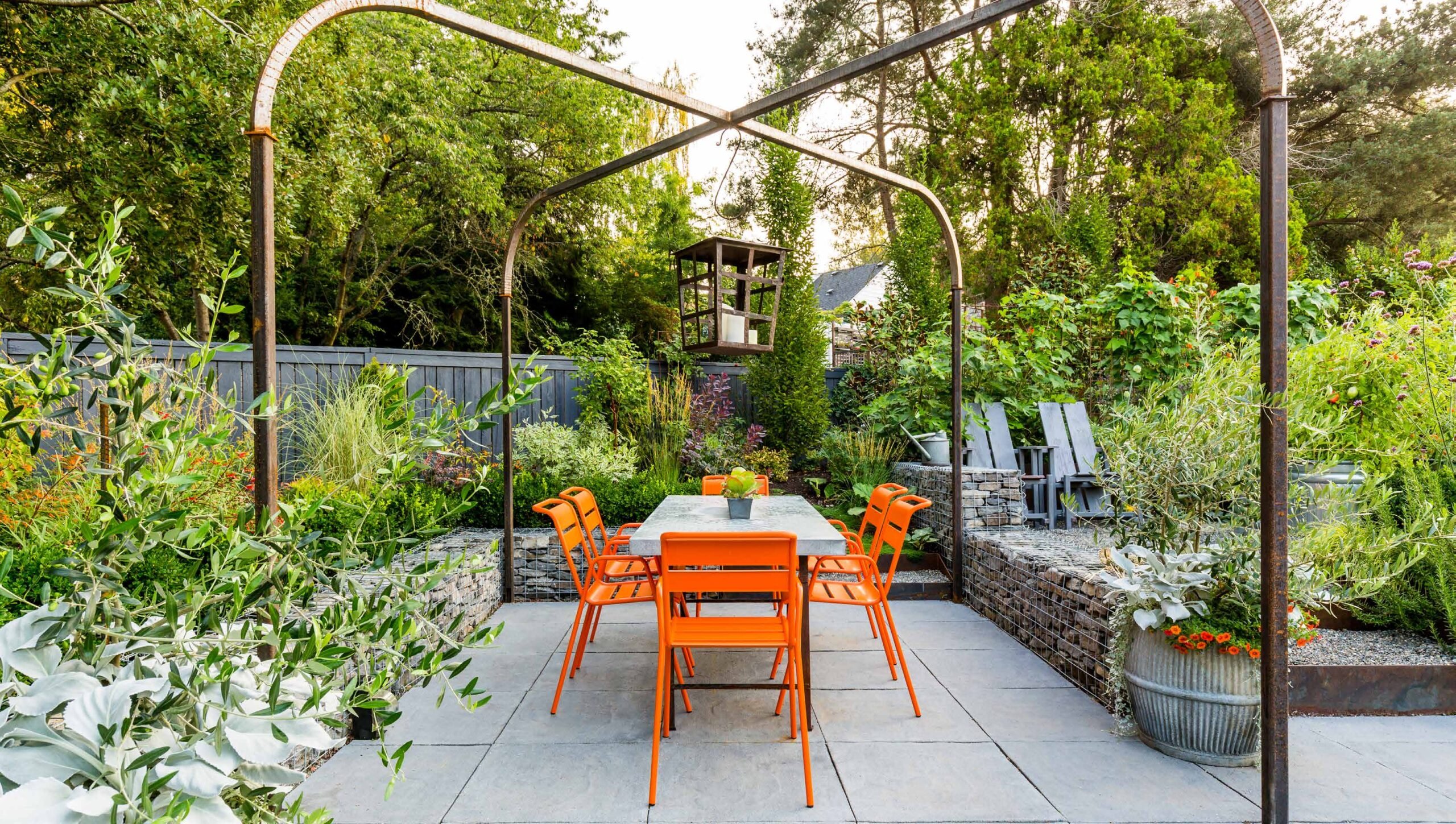
Design Futurist Award Announced: Committee Shares Vision
March 8, 2023 At Pacific Horticulture, we believe that beauty can be defined not only by gorgeous plants and design, but also by how gardens
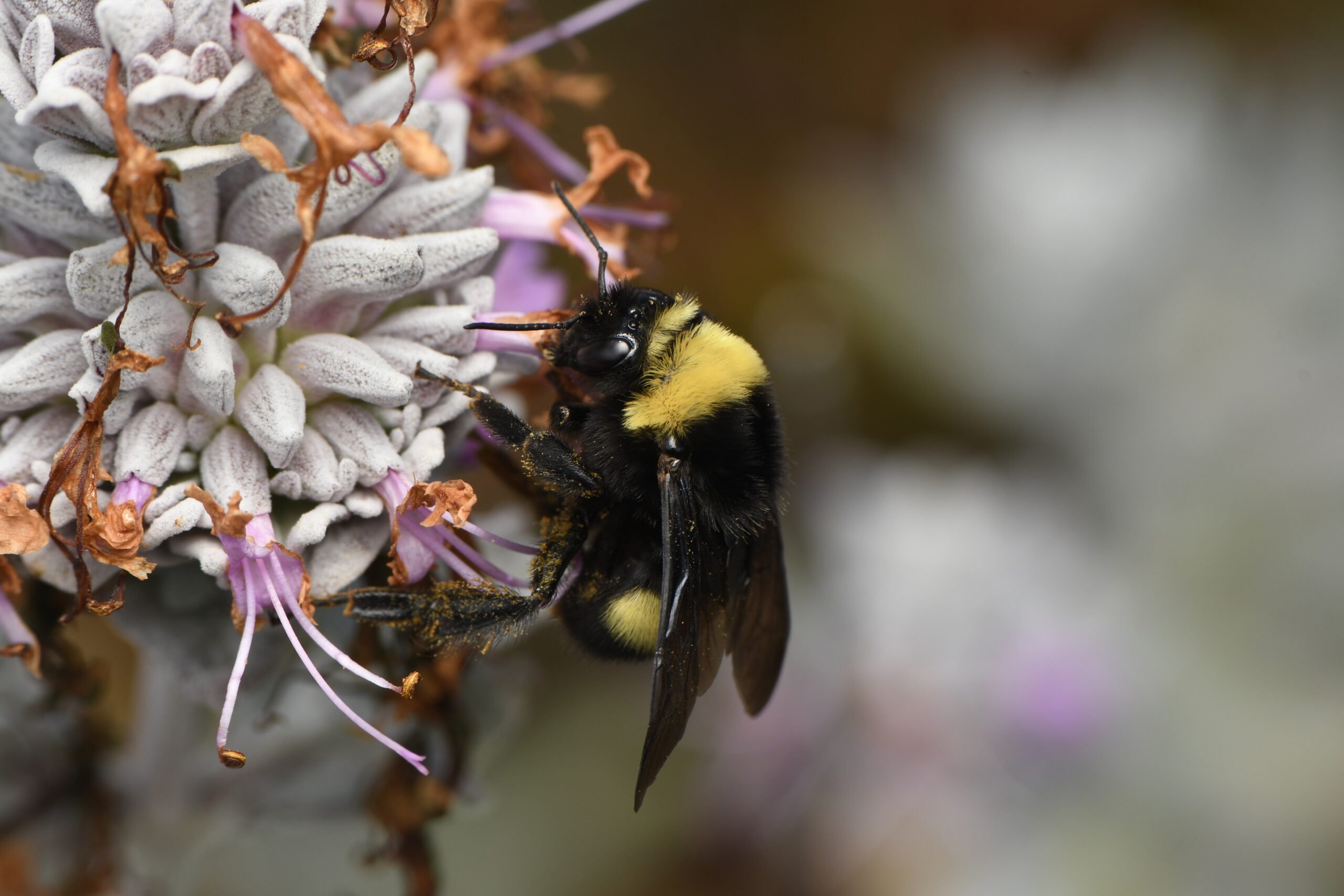
Native Bees and Your Garden
Winter/Spring 2023 The native bees in and around our gardens face ever-increasing environmental pressures as they carry out their pollination duties. More than a quarter
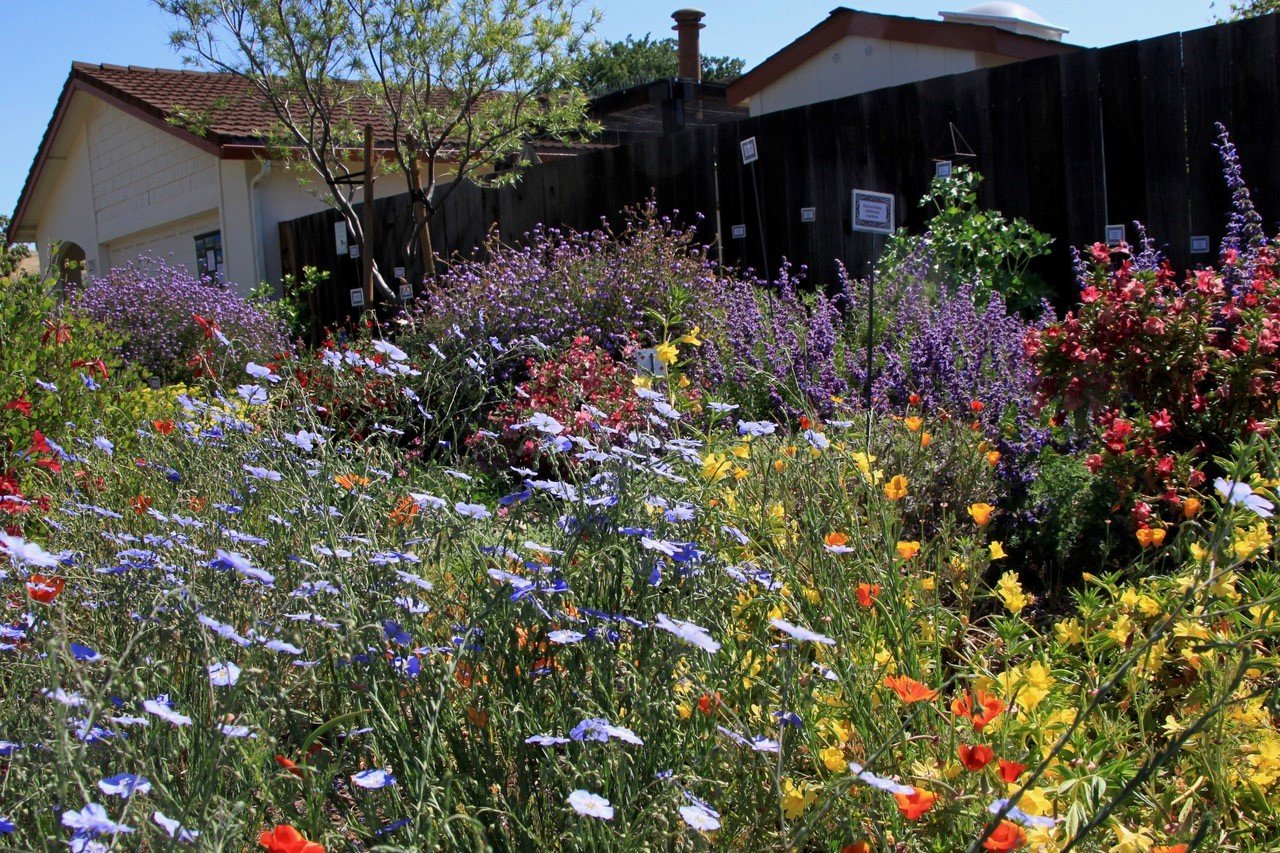
Voices of the West; New Science on Life in the Garden
Did you know that oaks can harbor over 800 species of insects? That includes only those feeding directly on oak, where they feed on every
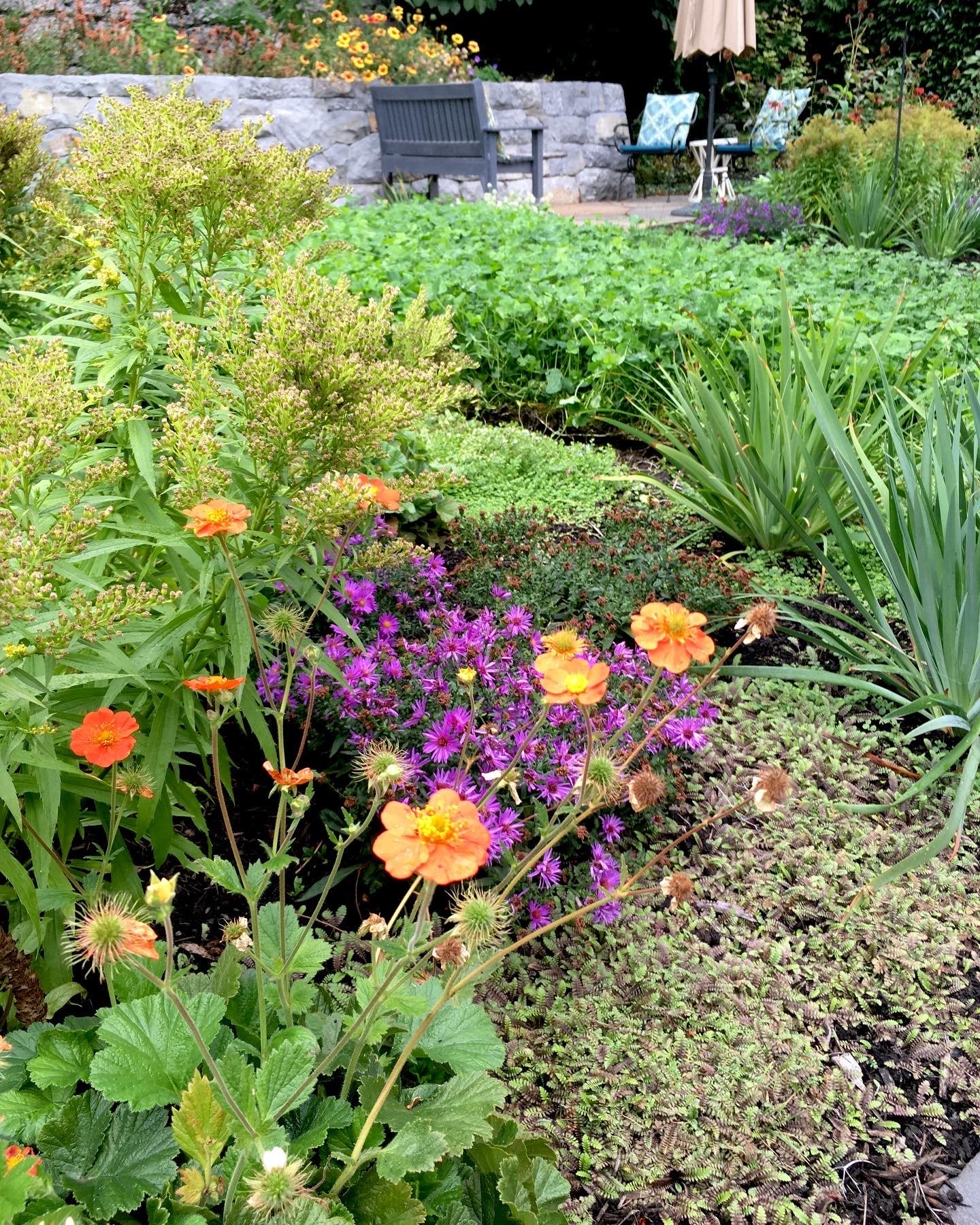
Nature Therapy from the Contemplative Garden
Winter 2022 Women’s hushed morning voices mingled with crashing waves and chattering crows. “The kettle’s still hot.” “Can you pass the honey?” Whoosh, crash, caw,










Responses